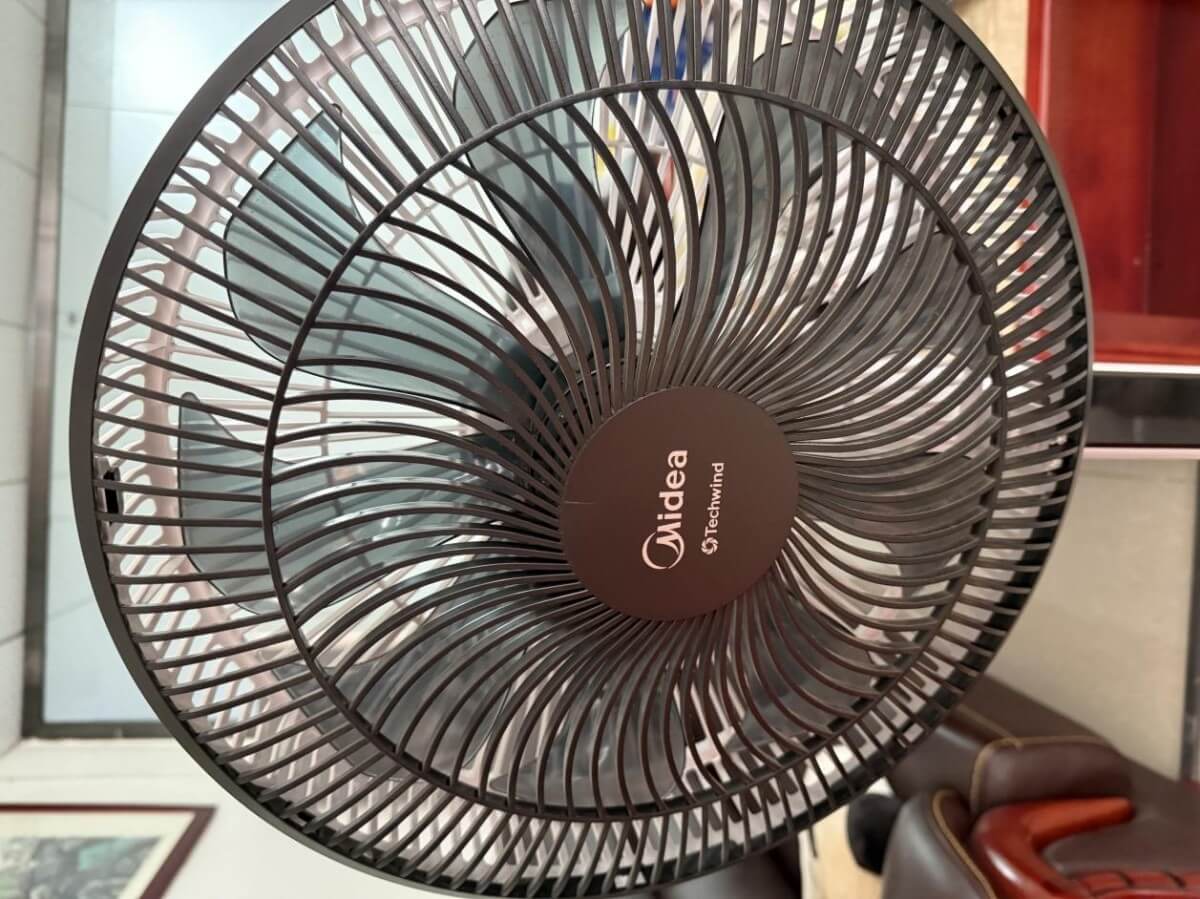1. Introduction
In the highly competitive field of consumer electronics, product differentiation and branding are crucial. Nameplates, whether made of metal or non-metal materials, play an essential role in enhancing the overall quality and identity of consumer electronic devices. They not only provide vital product information but also contribute to the visual appeal and durability of the products.
2. Metal Nameplates in Consumer Electronic Products
(1)Types of Metal Nameplates
Commonly used metal materials for nameplates include aluminum, stainless steel, and brass. Aluminum nameplates are lightweight, corrosion-resistant, and can be easily processed into various shapes and finishes. Stainless steel nameplates offer excellent durability and a high-end, polished look, suitable for premium electronic products. Brass nameplates, with their unique golden luster, add a touch of elegance and luxury.
(2) Advantages of Metal Nameplates
●Durability: Metal nameplates can withstand harsh environmental conditions, such as temperature changes, humidity, and mechanical wear. They have a long service life and can maintain their appearance and integrity over time, ensuring that the product information remains legible and intact.
●Aesthetic Appeal: The metallic texture and finishes of metal nameplates, such as brushed, polished, or anodized, can enhance the overall design of consumer electronic products. They give a sense of quality and sophistication, making the products more attractive to consumers. For example, a sleek stainless steel nameplate on a high-end smartphone can significantly improve its visual impact and perceived value.
●Branding and Identity: Metal nameplates can be engraved, embossed, or printed with company logos, product names, and model numbers in a precise and high-quality manner. This helps to establish a strong brand identity and makes the product easily recognizable. The permanence and premium feel of metal nameplates also convey a sense of reliability and trustworthiness to consumers.
(3) Applications of Metal Nameplates
Metal nameplates are widely used in various consumer electronic products. They can be found on smartphones, tablets, laptops, digital cameras, and audio equipment. For instance, on a laptop, the metal nameplate on the lid usually displays the brand logo and product model, serving as a prominent branding element. In audio equipment like high-end speakers, a metal nameplate with engraved brand and technical specifications adds a touch of elegance and professionalism.
3. Non-metal Nameplates in Consumer Electronic Products
(1) Types of Non-metal Nameplates
Non-metal nameplates are typically made of materials such as plastic, acrylic, and polycarbonate. Plastic nameplates are cost-effective and can be molded into complex shapes with different colors and textures. Acrylic nameplates offer good transparency and a glossy finish, suitable for creating a modern and stylish look. Polycarbonate nameplates are known for their high strength and impact resistance.
(2) Advantages of Non-metal Nameplates
●Design Flexibility: Non-metal nameplates can be produced in a wide range of colors, shapes, and sizes. They can be molded or printed with intricate designs, patterns, and graphics, allowing for greater creativity in product design. This flexibility enables manufacturers to customize nameplates according to different product styles and target markets. For example, a colorful plastic nameplate with a unique pattern can make a consumer electronic product stand out on the market.
●Cost-Effectiveness: Non-metal materials are generally less expensive than metals, which makes non-metal nameplates a more economical choice, especially for mass-produced consumer electronic products. They can help manufacturers reduce production costs without sacrificing too much on the appearance and functionality of the nameplates.
●Lightweight: Non-metal nameplates are lightweight, which is beneficial for portable consumer electronic devices. They do not add significant weight to the products, making them more convenient for users to carry and handle. For example, in a handheld game console, a lightweight plastic nameplate helps to maintain the device’s portability and ease of use.
(2)Applications of Non-metal Nameplates
Non-metal nameplates are commonly used in consumer electronics such as toys, low-cost mobile phones, and some household appliances. In toys, colorful and creative plastic nameplates can attract children’s attention and enhance the playfulness of the products. In low-cost mobile phones, plastic nameplates are used to provide basic product information while keeping the production cost low. In household appliances like electric kettles and microwave ovens, non-metal nameplates with printed operation instructions and safety warnings are practical and cost-effective.
4. Conclusion
Both metal and non-metal nameplates have their unique advantages and applications in consumer electronic products. Metal nameplates are favored for their durability, aesthetic appeal, and branding capabilities, especially in high-end and premium products. Non-metal nameplates, on the other hand, offer design flexibility, cost-effectiveness, and lightweight characteristics, making them suitable for a wide range of consumer electronics, especially those with cost and design constraints. Manufacturers need to carefully consider the specific requirements of their products, target markets, and production budgets when choosing between metal and non-metal nameplates to ensure the optimal combination of functionality and aesthetics, thereby enhancing the competitiveness of their consumer electronic products in the market.
Welcome to quote for your projects:
Contact: sales1@szhaixinda.com
Whatsapp/phone/Wechat : +8618802690803
Post time: Dec-19-2024
















